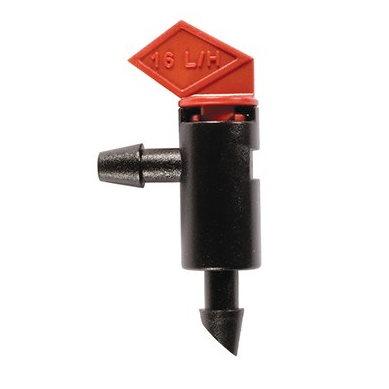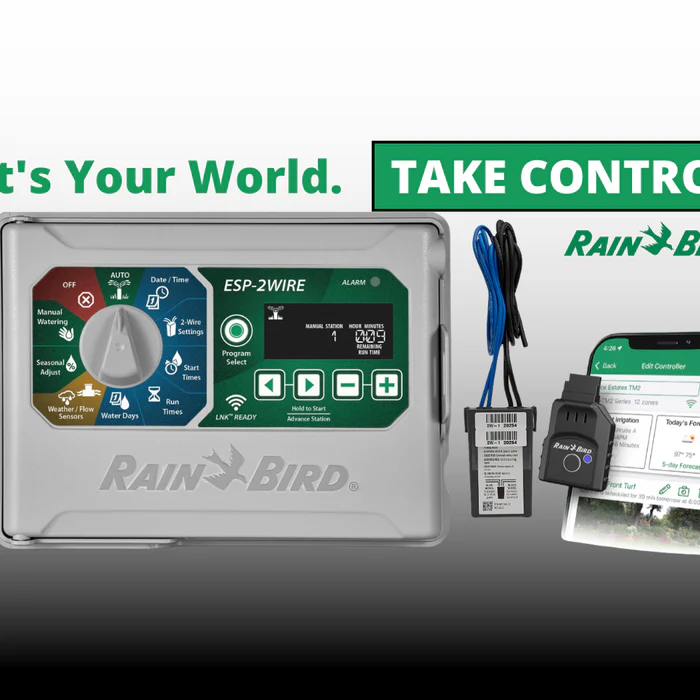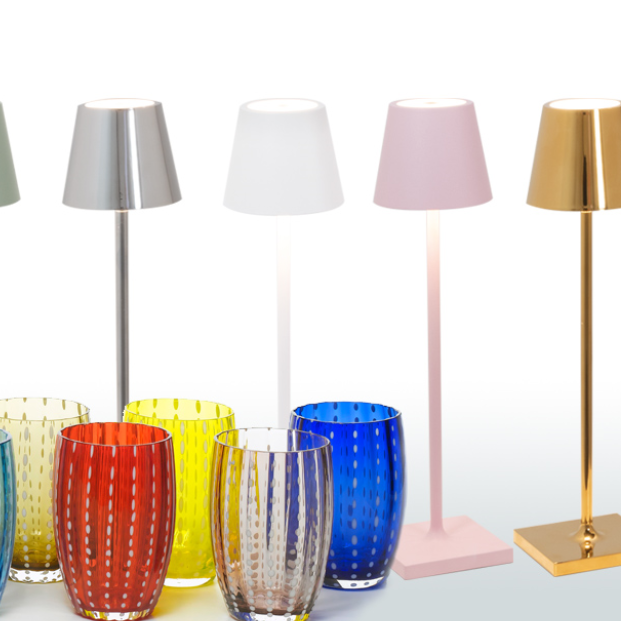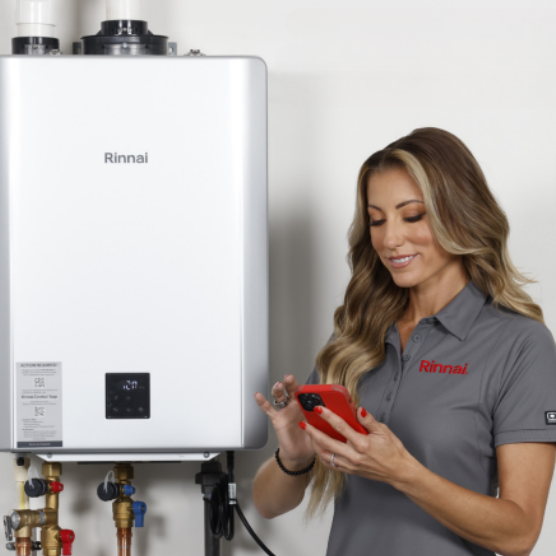

The flag drip emitters, available with flow rates of 1, 2 and 4 GPH, have a side barbed outlet for extending 1/4? distribution tubing to the plant location. These spiral flow emitters feature a two-piece construction so that the top insert can be twisted and pulled apart for easy cleaning, and they have a recommended operating pressure of 10-20 PSI with a nominal operating pressure of 15 PSI.
Features
- Self-tapping barbed inlet for easy installation
- Outlet barb for use with 1/4 (.150?-.160? ID) distribution tubing
- Twist-open top with lock for secure operation under pressure and for easy cleaning
- Available in three colors for easy flow-rate identification
- Spiral flow through a large-flow-path water passage reduces likelihood of clogging
- Durable high-impact plastic
- Resistant to chemicals and fertilizers used in landscape application
- Constructed of UV-resistant, durable plastic material to withstand the most adverse conditions
Specifications
- Flow rates and color codes:
- 1 GPH (4 L/H) color code – black
- 2 GPH (8 L/H) color code – green
- 4 GPH (12 L/H) color code – red
- Operating pressure: 10-20 PSI (.7-1.4 BAR)
- Inlet side: 1/4" self-tapping barb
- Outlet side: 1/4" barb
- Filter requirement: minimum of 150 mesh
- Material: body and cover: polypropylene

Blog posts
-

Unleashing Efficiency in Landscape Irrigation: The Rain Bird ESP-2WIRE Controller
In the evolving world of landscape management, efficiency is king. The Rain Bird ESP-2WIRE Controller emerges as a game-changer, merging advanced technology with user-friendly features to optimize irrigation practices. Let's dive into what makes the ESP-2WIRE a must-have for professionals aiming to achieve precision in irrigation without the complexities often associated with advanced systems.Read now -

Leading Hospitality Brands Embrace Zafferano Lighting for Striking and Contemporary Design Impressions
Read nowZafferano America's range of cordless lamps, a favorite of Oprah and Martha Stewart, (Poldina Pro) has earned the distinction of being America's most beloved brand. This acclaim comes from its classic design, the cozy, ambient lighting it offers, and the...
-

How to set up your Rinnai Central Wifi App
Read nowSmart Connect Allows you to connect your smart phone or tablet to the SENSEI® RX Series via Bluetooth®. Use the Rinnai Central™ App for quick, simplified tankless water heater set-up and registration, significantly reducing your install time Accessories Wireless...



